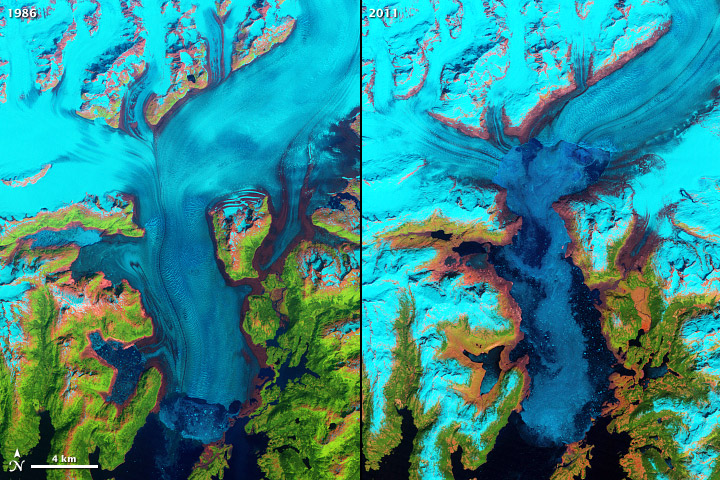Geospatial information and the 2018 Federal budget

President Trump released the proposed 2018 Federal budget, A New Foundation for American Greatness, on May 23, 2017. The budget request for the Department of Interior is $11.7 billion, 12 percent ($1.6 billion) below the Continuting Resolution baseline level. The proposed cuts to the United States Geological Survey (USGS) are 13% or $137.8 million below the 2017 Continuing Resolution baseline level. As noted in the Bureau Highlights,
"The request emphasizes energy and mineral development, sustaining hazards monitoring, and providing scientific information to support decision making by resource managers and policy makers. The budget maintains support for nationwide networks of more than 8,000 streamgages and nearly 3,000 earthquake sensors. It provides for nationwide efforts to counter invasive species and wildlife diseases such as white-nose syndrome and highly pathogenic avian influenza, and it maintains 40 cooperative research units that support State-specific needs, particularly related to fish and game species. It continues acquisition of modern elevation data for Alaska and the three-year cycle of topographic map updates for the contiguous United States. It also funds the development of the Landsat 9 ground systems, supporting a launch date in early fiscal year 2021 to replace the Landsat 7 satellite, which is reaching the end of its usable life."
Most programs will sustain cuts with the notable exception of an increase in the budget for the development of the Landsat 9 ground systems program. Of particular interest to the geospatial community are the $18.4 million cuts to the Core Science Systems Programs. This program "provides the Nation with access to high quality topographic, geologic, hydrographic, and biogeographic data." Deep cuts are proposed for the Federal Geographic Data Committee, the 3-D Elevation Program (3DEP), the National Geospatial Program operations, and the Cooperative Geologic Mapping program and operations.
While the Landsat 9 program receives more funding, this would be paid for by eliminating support for the National Civil Applications Center, reducing satellite operations (including a reduction in support for requirements and capabilities analysis for a land observationi satellite that may follow Landsat 9), an end to the USGS remote sensing research being conducted across the United States, and a reduction in land imaging operations.
The budget also proposes to cut $3 million for the USGS libraries eliminating 20 positions and shutting down public access to the USGS library locations. All collections would be placed in a dark archive, journal subscriptions would be cut by at least 50 percent, and possibly all of the libraries would be closed.
These cuts will significantly impact the geospatial infrastructure of the United States and will hamper the government's ability to provide rigorous unbiased scientific informaiton in support of national priorities such as rebuilding infrastructure, hazard mitigation, resource management, and climate change. The closing of the libraries and reduction in journal purchasing hamstrings the scientist in their need for up-to-date information. The lack of access by the general public impedes their ability to easily find government information in a timely manner.
I urge you to discuss these budget cuts with your colleagues and to contact your representatives in Congress. As we all know, this is a proposed budget and one that will be debated. Personal advocacy and advocacy through the organizations of which we are a part matter. Make your voices heard.
The USGS budget proposal may be found here.
The list of Congressional office holders is here.